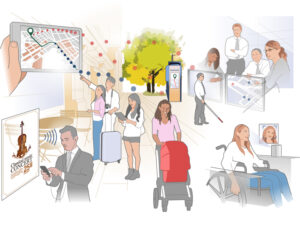Blog
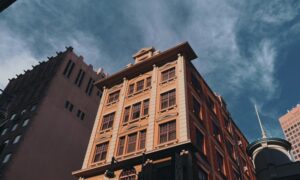
Building Code Application to Existing Buildings
I often get asked when working on existing buildings, “What upgrades will be required?” Unfortunately, this is often not a straightforward question to answer. My
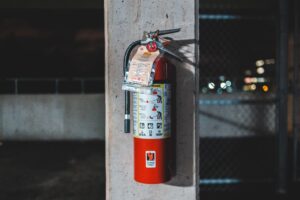
Portable Fire Extinguisher Locations, NFC & NFPA 10
Have you ever seen a similar note on a drawing, “mechanical contractor to provide and install portable fire extinguishers as per NFPA 10”? While this
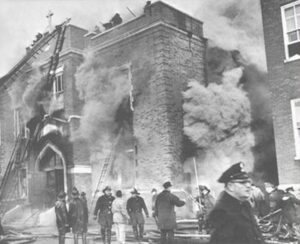
Historical Fires that Influenced Building and Fire Codes
A Living Document In Canada, the two main Codes that regulate fire and life safety within buildings are the National Building Code and National Fire
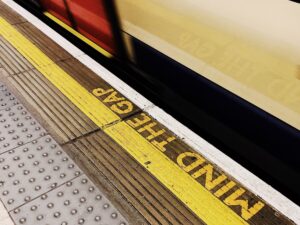
Mind the Gaps ~ Design of Hazardous Areas
You’re designing a building, or reviewing a design, and you find yourself in Subsection 3.3.6., “Design of Hazardous Areas”, of your Building Code. Now what?
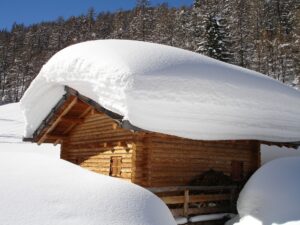
How to Apply Climatic Data to Structural Design
Recently, I’ve been aiding a customer in transitioning a proprietary building material approved for use in Canada into the United States construction industry. While working

Building Code – Useful Bits
When learning the Building Code, there is a lot of helpful information to help you understand the ‘why’, so you can go beyond the words…you
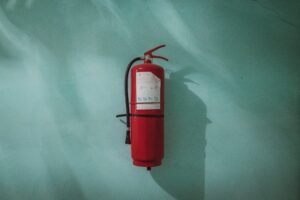
Selling Fire Safety? Wait…What?
As fire protection and life safety professionals we are in the business of selling fire safety. Whether you work for a Fire Department, a consulting

A Mechanism of Trust – Third-Party Reviews
Building and fire officials assume critical roles in our communities, from building and life safety to education and investment protection. Non-bias, third-party reviews, as a
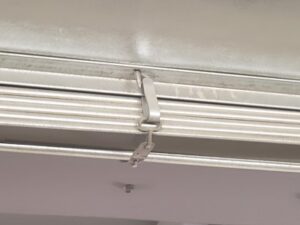
Passive Fire Protection Systems Don’t Get The Love They Deserve: Dampers Edition – Part 2
This is Part 2 of Dampers Edition of Passive Fire Protection Systems Don’t Get The Love They Deserve. In case you missed it, here’s a
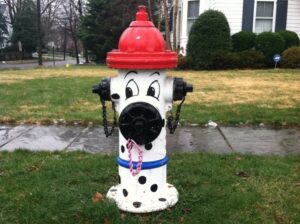
So you have a hydrant…
If a building is on fire, how much water is needed to put the fire out? The presence of hydrants is a hopeful sign, but it should never be taken for granted that water will actually be produced in the quantities needed, or even any at all.
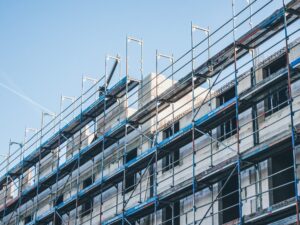
Component Additive Method for Fire-Resistance Ratings
The Canadian Building Codes allow a couple of methods for determining fire-resistance ratings of assemblies, from Article 3.1.7.1.: Tests conducted in conformance with CAN/ULC-S101 (usually
